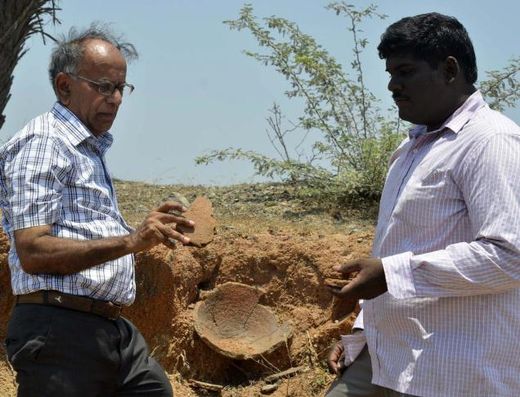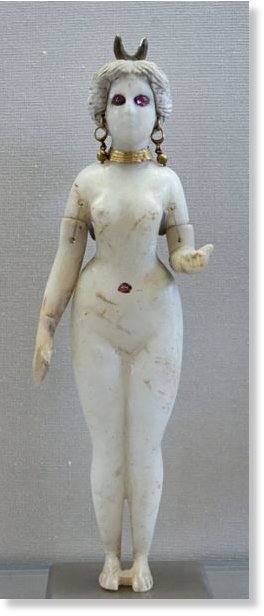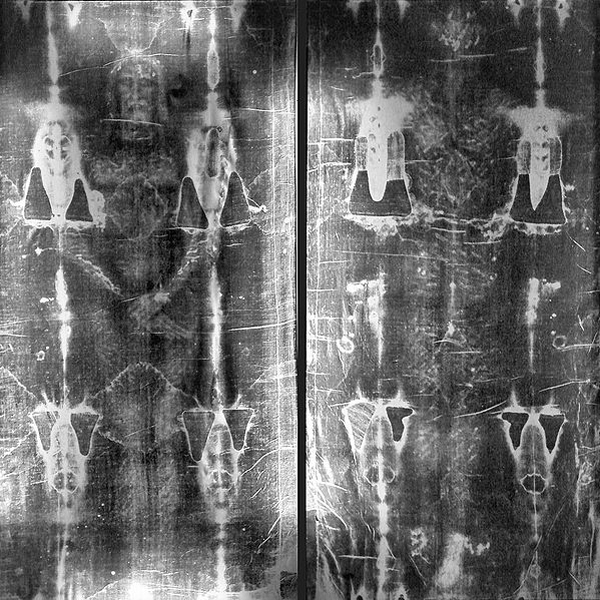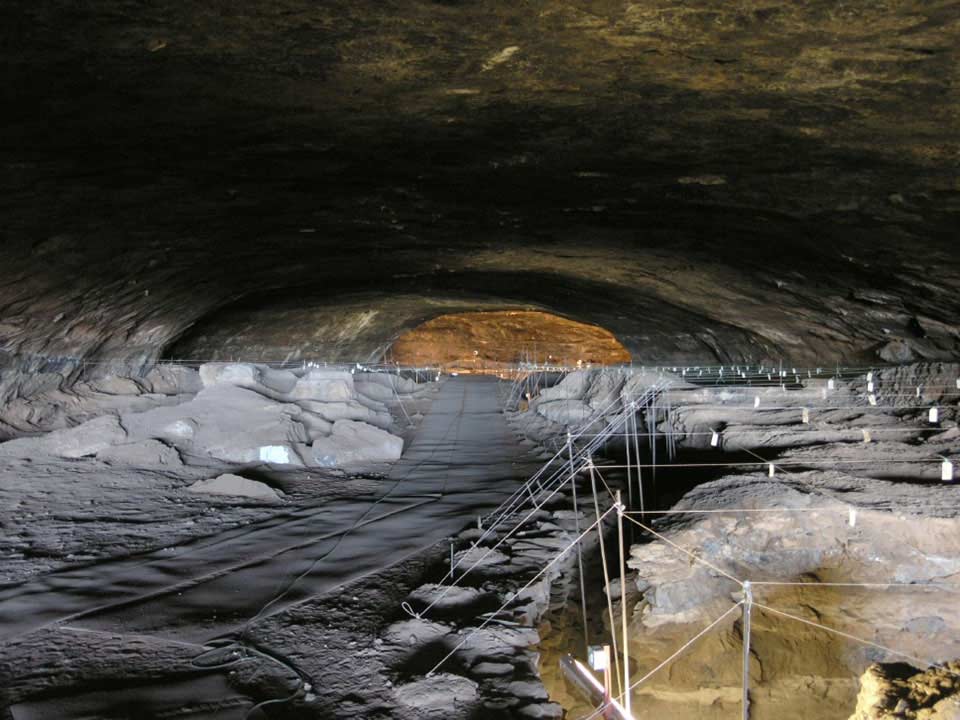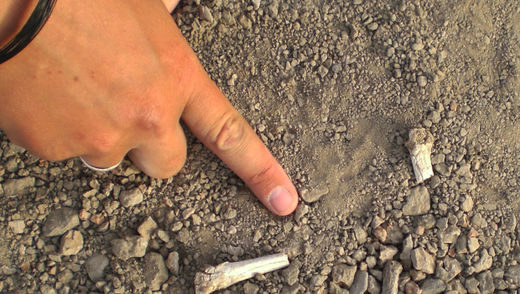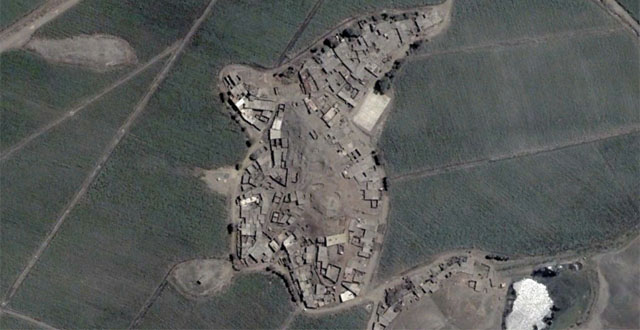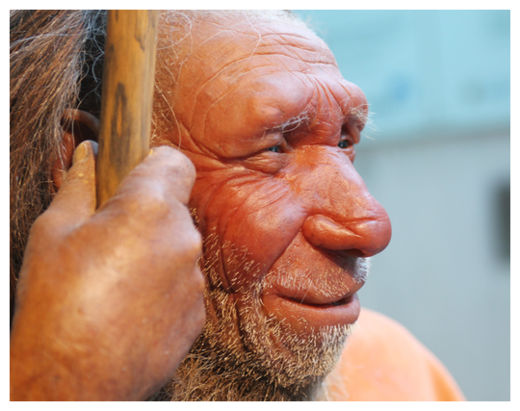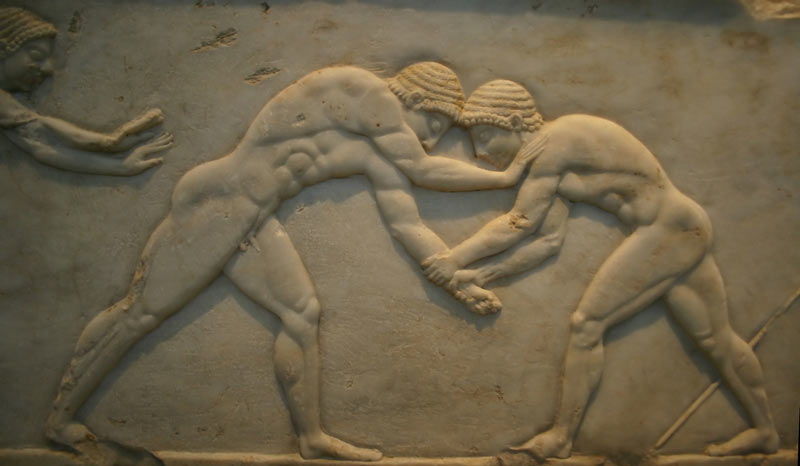
© Timothy R. Nichols | ShutterstockFlavillianus excelled at two sports, wrestling and pankration, winning victories in Athens, Argos and Neapolis. Both of these sports have roots in ancient Greece.
Millennia before modern-day military recruiters talked up potential soldiers in shopping malls or put up posters, one Roman city took a rather different approach to recruiting soldiers for the emperor's army.
A newly translated inscription, dating back about 1,800 years, reveals that Oinoanda, a Roman city in southwest Turkey, turned to a mixed martial art champion to recruit for the
Roman army and bring the new soldiers to a city named Hierapolis, located hundreds of miles to the east, in Syria.
His name was Lucius Septimius Flavianus Flavillianus and he was a champion at wrestling and pankration, the latter a bloody, and at times lethal, mixed martial art where contestants would try to pound each other unconscious or into submission.
Flavillianus proved to be so successful as a military recruiter that it was decreed that he be made a "
cult figure in the band of heroes" after he died, with each tribe of the city erecting statues in his honor. The inscription, written in Greek, was engraved on the base of a statue found in Oinoanda's agora (a central public space) and would have been erected by the people of the city. Discovered by a team in 2002, it wasn't until now that researchers translated and published it.
"This is a very unusual piece of evidence that has come to light," said Nicholas Milner, a researcher with the British Institute at Ankara, who published the translation in the most recent edition of the journal
Anatolian Studies.Milner explained that in the Roman Empire, this sort of "heroisation" is very rare.
